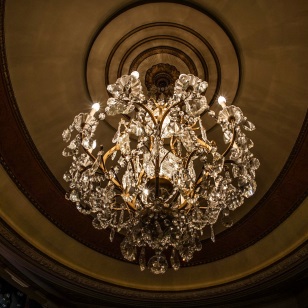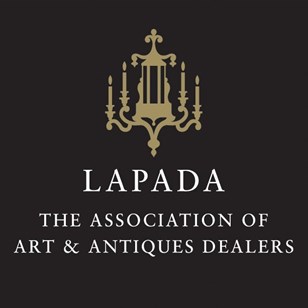Two Scarce Folk Magic Specimens Of A Mummified Cat & Mouse C.1750 4 Henrietta St
Stock No
3074
2013
Questions about this item?
Like this item?
Item Description
The well preserved mummified or dried specimens of a domestic cat and field mouse, each fully intact and with some remaining teeth, whiskers and claws, having been discovered under the stairs of 4 Henrietta Street, Dublin 1, Ireland, with accompanying violin case, the wholes surviving from the mid-eighteenth century.
Condition is good, given age and fragility with the wholes remaining in good stable order and with no notable losses. The violin case is provided though the specimens were only added to this when they were discovered under the stairs to keep them safe.
4 Henrietta Street in Dublin, Ireland is a terraced four-bay four-storey house over a raised basement, built c.1745. This property was leased by Nathaniel Clements to John Maxwell in 1747, who developed the neighbouring house (No. 3) and mirrors No. 7. Remodelled in the 1780s, the interior retains an original staircase and service stair with original neo-Classical plasterwork and joinery. This well-maintained private residence having a deeper plan than the majority on the terrace and, with its pedimented doorcase, elaborate ironmongery and impressive flight of steps, forms an important part of what has been described as 'Dublin’s Street of Palaces'. Laid out by Luke Gardiner in the 1720s, Henrietta Street is a short cul-de-sac containing the finest early Georgian houses in the city and was named after Henrietta Crofts, the third wife of Charles Paulet, 2nd Duke of Bolton and Lord Lieutenant in 1717-21. The street developed in a piecemeal fashion and set the trends of scale and design in domestic architecture.
According to mediaeval superstition, old shoes, bottles, and less commonly cats and dogs, were placed into walls, roofs, floorboards or fireplaces to ward off evil spirits. It was quite a widespread practice across the European continent and in some cases the animals had been positioned, indicating that they were already dead at the time of concealment. These naturally mummified specimens can date back to the 16th century and it is rare to find a cat and mouse being discovered together.
The ancient Egyptians are best known for their shrines to deities filled with preserved animal offerings. In a labyrinth of chambers and passages underneath the ancient royal burial ground of Saqqara, between the 6th and 1st centuries B.C.E., they deposited millions of mummified puppies as offerings to Anubis, their jackal-headed god of the dead.
Rare and bewitching folk magic archaeology with a fascinating back story… and if you wish to call them Tom and Jerry then that is entirely your prerogative.
Item Info
Seller
Seller Location
Olney, Buckinghamshire
Item Dimensions
H: 6cm W: 36cm D: 20cm
Period
c.1750
Item Location
United Kingdom
Seller Location
Olney, Buckinghamshire
Item Location
United Kingdom
Seller Contact No
+44 (0)7729 213013










































